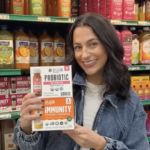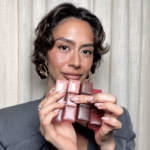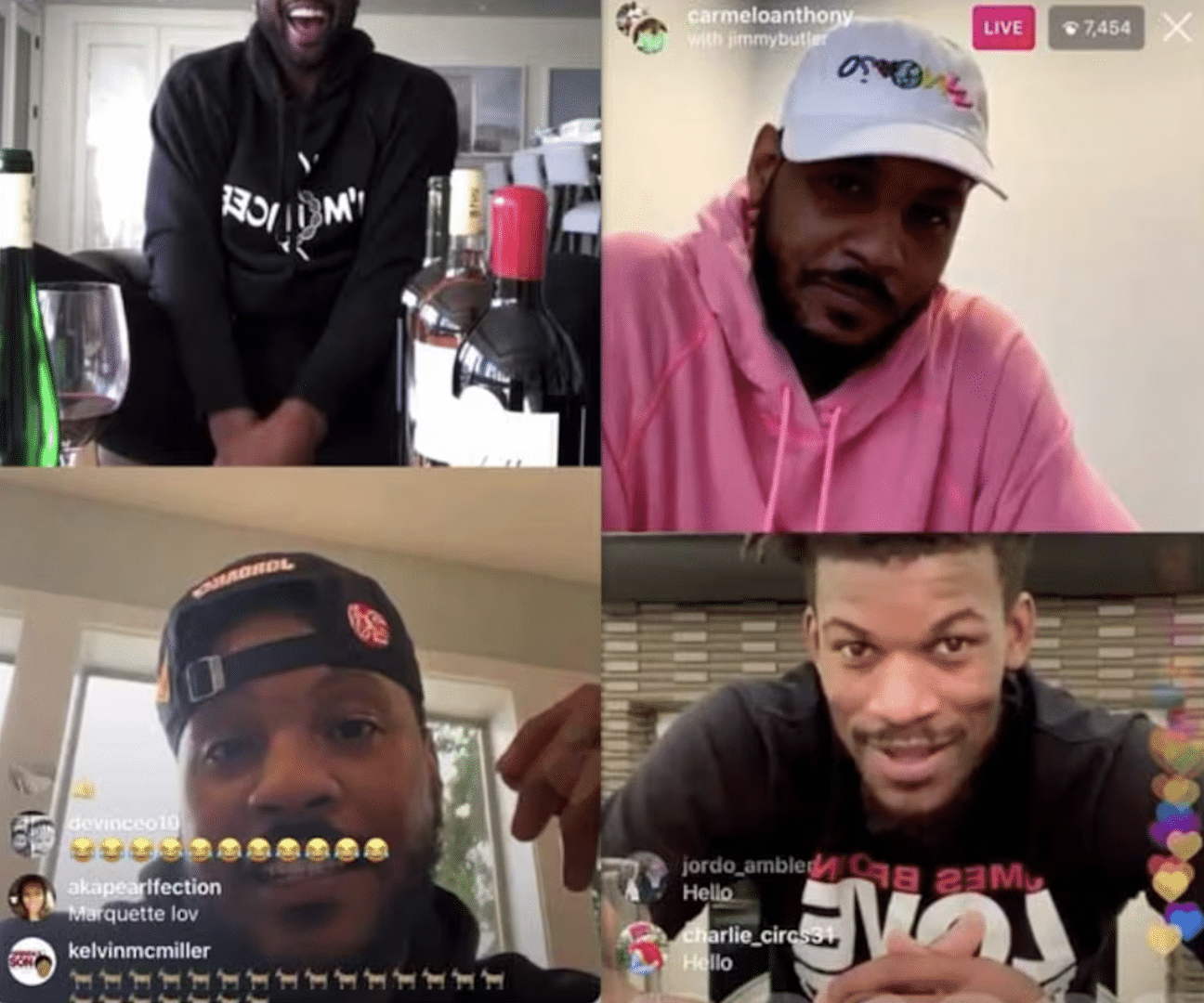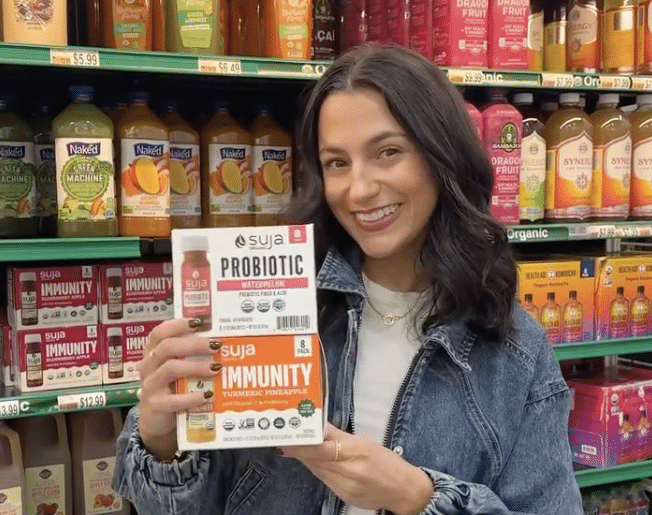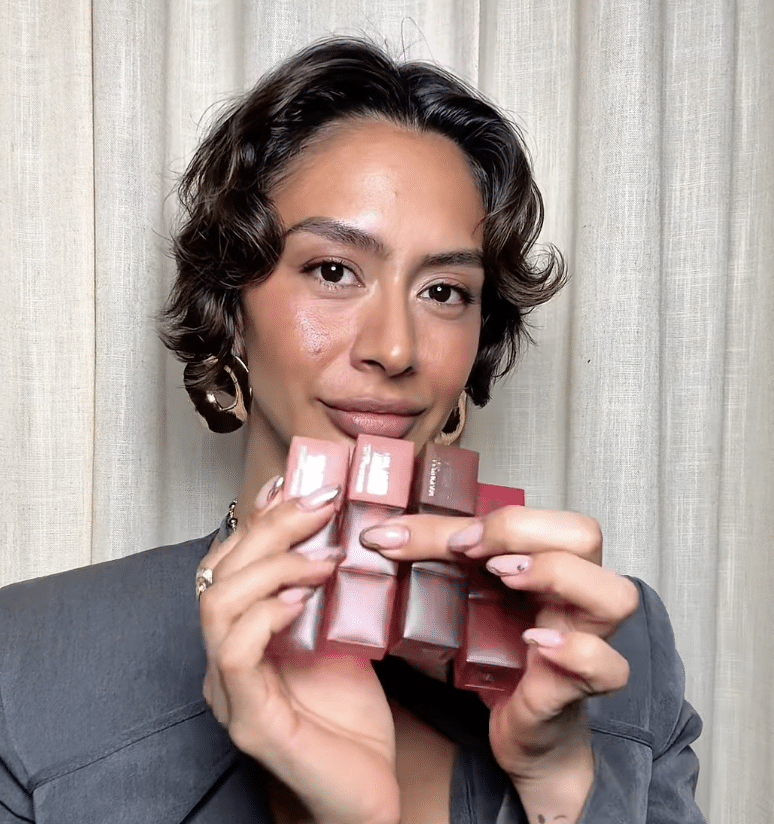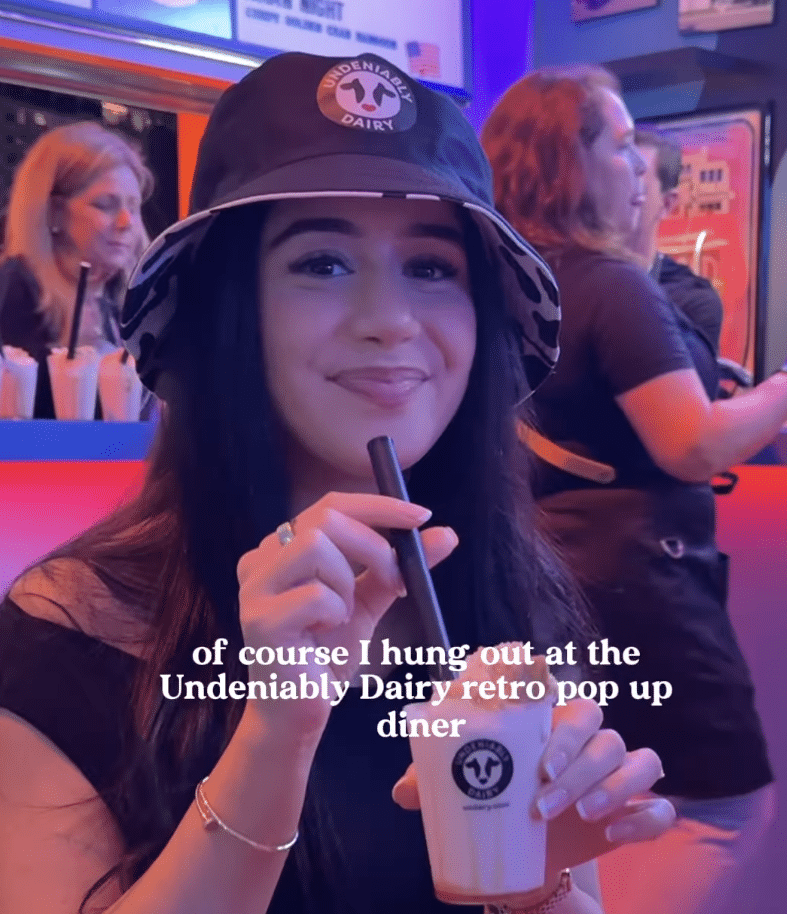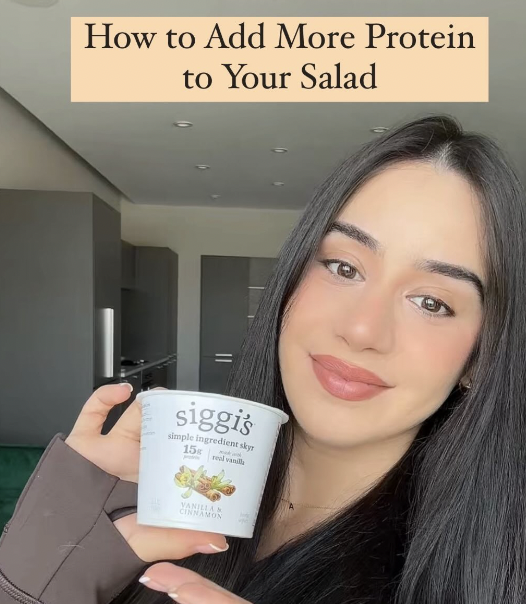
What kind of ROAS can an influencer marketing campaign provide a brand?
The Return on Ad Spend (ROAS) for an influencer marketing campaign can vary significantly depending on several factors, such as the industry, the quality and relevance of the influencers, campaign goals, and audience targeting. Here are several successful influencer marketing campaigns that achieved impressive results, demonstrating how different strategies can drive a high Return on Ad Spend (ROAS) and overall brand success:
1. Daniel Wellington (Watch Brand)
- Strategy: Daniel Wellington is often cited as one of the best examples of using influencer marketing to grow a brand. The brand collaborated with thousands of influencers, from micro-influencers to celebrities, and gave them personalized discount codes to share with their followers.
- Approach:
- Focused on micro-influencers with engaged followings to promote their watches via Instagram.
- Distributed free watches to influencers in exchange for posts.
- Used a long-term influencer strategy, building consistent relationships to repeatedly feature the brand.
- Results: This campaign generated massive social proof and brand recognition, growing Daniel Wellington into a $200+ million company in a few short years. The influencer-driven approach helped increase ROAS by capitalizing on authentic endorsements at a relatively low cost.
2. Gymshark (Fitness Apparel)
- Strategy: Gymshark, a fitness apparel brand, utilized fitness influencers, particularly on Instagram and YouTube, to promote its products. It focused on building a community of loyal fitness enthusiasts and long-term brand ambassadors.
- Approach:
- Partnered with fitness influencers who had a strong, engaged following in the health and wellness space.
- Created a long-term ambassador program, rather than one-off promotions, allowing influencers to develop ongoing relationships with their audiences.
- Promoted exclusive products and content through influencers, making followers feel like they were part of an insider community.
- Results: Gymshark experienced significant revenue growth, surpassing $1 billion in valuation in 2020. Influencer marketing has been one of the core pillars of their success, driving exceptional ROAS by directly targeting their ideal fitness-conscious audience.
3. Revolve (Fashion Retailer)
- Strategy: Revolve has made influencer marketing a core component of its growth strategy. They frequently partner with fashion influencers and celebrities to attend their branded events and promote their clothing.
- Approach:
- Focused on macro-influencers and celebrities in the fashion and lifestyle space to give the brand high visibility and a sense of luxury.
- Organized highly shareable and visually appealing events like #RevolveAroundTheWorld and #RevolveFestival at Coachella, which influencers attended and promoted across their social channels.
- Built strong influencer relationships by treating them like VIPs, creating a network of influencer advocates.
- Results: Revolve’s strategy of combining events with influencer partnerships led to a $400 million IPO in 2019. They have consistently driven high engagement and conversions, making influencer marketing one of their most successful channels for acquiring new customers.
4. HelloFresh (Meal Kit Service)
- Strategy: HelloFresh, a meal-kit delivery service, leveraged influencer marketing across multiple platforms, particularly YouTube, to create awareness and drive conversions. They focused on influencers in the food, health, and lifestyle niches to target their audience effectively.
- Approach:
- Partnered with YouTubers and Instagram influencers in the cooking, health, and family-lifestyle spaces, many of whom had dedicated audiences interested in meal-prepping and convenience.
- Provided influencers with personalized promo codes to offer to their followers, helping track conversions and gauge the effectiveness of each influencer.
- Focused on clear call-to-actions and discount offers that encouraged immediate sign-ups for their meal plans.
- Results: HelloFresh became one of the leading meal-kit services globally, often reporting ROAS as high as 4:1 to 6:1 in their influencer-driven campaigns. Their influencer marketing strategy has played a significant role in their ability to dominate the meal-kit market.
5. Glossier (Beauty Brand)
- Strategy: Glossier, a beauty brand, built its brand from the ground up using influencer marketing, relying heavily on user-generated content (UGC) and micro-influencers to drive awareness and sales.
- Approach:
- Focused on micro-influencers and brand advocates rather than large-scale celebrity endorsements. Their approach emphasized authentic peer recommendations.
- Created a referral program that encouraged everyday users and influencers to share Glossier products and earn commissions on sales.
- Leveraged UGC on social platforms like Instagram to create an organic feel, allowing influencers to post makeup tutorials and reviews.
- Results: Glossier grew rapidly into a billion-dollar beauty brand, with an estimated 70% of their online sales coming through word-of-mouth and influencer-driven marketing. They were able to scale their influencer campaigns while keeping acquisition costs low and delivering strong ROAS by fostering a sense of community and authenticity around the brand.
6. MVMT (Watch and Sunglasses Brand)
- Strategy: MVMT Watches launched with a strong influencer marketing strategy across social media platforms like Instagram and YouTube. They focused on millennial men and women, creating a sense of exclusivity and aspirational lifestyle.
- Approach:
- Partnered with both macro- and micro-influencers, targeting influencers whose audiences aligned with their brand’s aesthetic.
- Provided influencers with custom discount codes to incentivize purchases and track conversions effectively.
- Utilized influencers to create lifestyle imagery that appealed to their young, fashion-conscious target audience.
- Results: MVMT grew to $90 million in revenue and was acquired by Movado for over $100 million. Their influencer marketing strategy provided a scalable, high-ROAS growth channel, fueling their rise as a direct-to-consumer brand.
7. Fabletics (Activewear Brand)
- Strategy: Fabletics, co-founded by actress Kate Hudson, uses a mix of celebrity endorsements and micro-influencers to promote their activewear subscription service. They focus on creating exclusive content for influencers to drive sales and new member sign-ups.
- Approach:
- Utilized both celebrity partnerships with Kate Hudson and micro-influencers in the fitness and wellness space.
- Focused heavily on Instagram and Facebook ads featuring influencer-generated content.
- Offered influencers exclusive deals and discount codes to pass along to their followers, creating a strong incentive for new customers.
- Results: Fabletics has grown into a $500+ million brand, with influencer marketing consistently driving high ROAS by connecting their brand to fitness-conscious customers through trusted voices.
Key Takeaways for Optimizing ROAS:
- Authenticity matters: The campaigns that succeeded best used influencers who genuinely aligned with the brand, making the endorsements feel organic.
- Diversify influencers: Brands that worked with a mix of micro-influencers, macro-influencers, and celebrities achieved broad reach and higher engagement.
- Track performance closely: Brands like HelloFresh and Daniel Wellington relied on trackable links, discount codes, and performance data to measure the success of each influencer and adjust their strategy accordingly.
- Create long-term partnerships: Brands that built long-term relationships with influencers, like Gymshark and Glossier, saw improved ROAS as audiences grew accustomed to repeated exposure.
For more information about how to book a celebrity and/or influencer for your next campaign, event, appearance, program, or social media activation, please contact us here.


